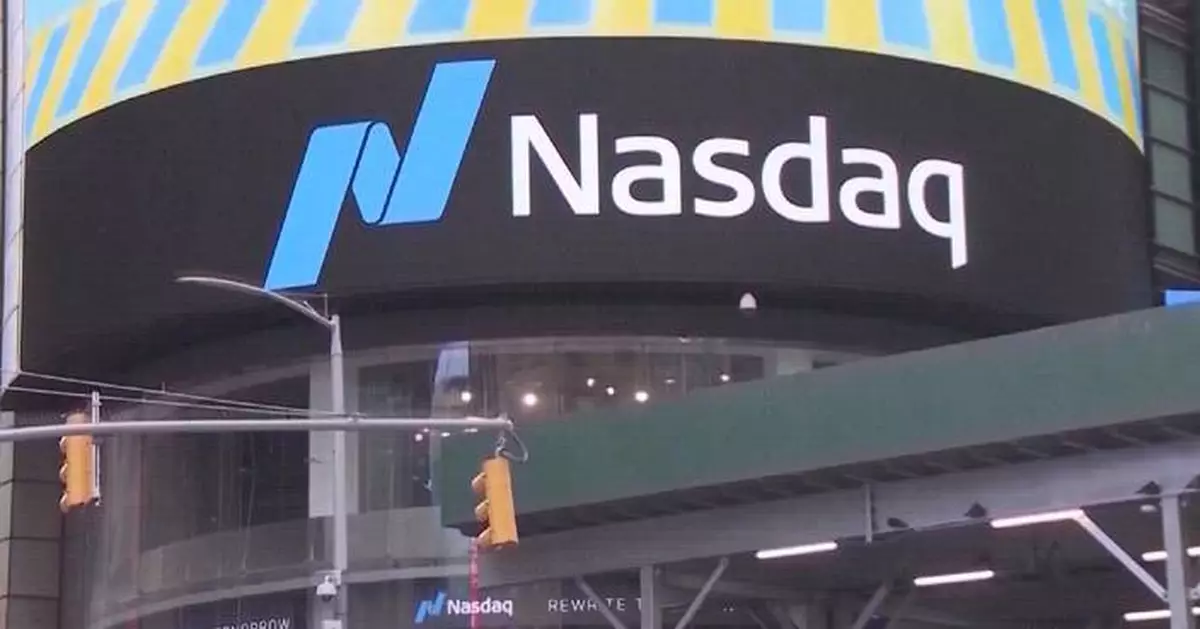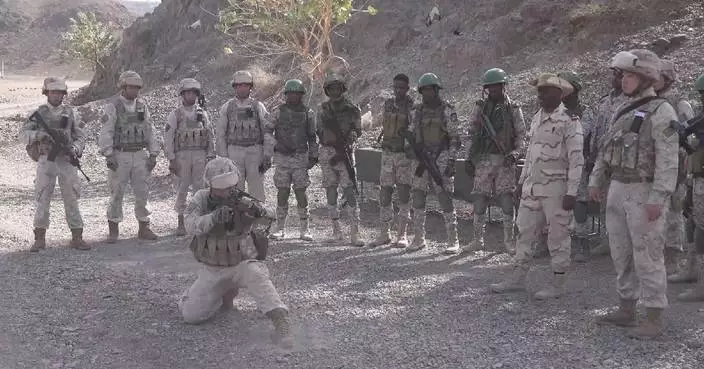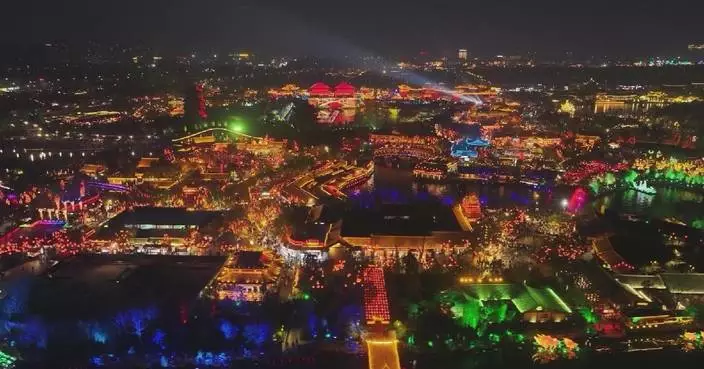U.S. stocks ended sharply lower on Thursday, with all of the so-called "Magnificent Seven" tech stocks seeing steep losses, just a day after turbulent U.S. markets notched substantial gains on Wednesday.
The Dow Jones Industrial Average fell by 2.50 percent, following a 7.87 percent gain on Wednesday, the Standard and Poor's 500 sank 3.46 percent, after jumping 9.52 percent the previous day, while the tech-heavy Nasdaq Composite Index shed 4.31 percent, after a 12.16 percent Wednesday hike.
The extreme volatility in the U.S. financial markets comes following a week of fast-changing and unpredictable tariff decisions from President Donald Trump's administration which have prompted widespread concerns for investors, businesses and governments across the globe.
Ten of the 11 primary Standard and Poor's 500 sectors ended Thursday in red, with energy and technology leading the laggards, dropping 6.40 percent and 4.55 percent respectively. Stocks in the consumer staples sector bucked the trend by rising 0.19 percent.
Major tech companies were under pressure again, with the "Magnificent Seven" stocks of Apple, Microsoft, Amazon, Alphabet, Meta, Nvidia and Tesla all closing sharply down.
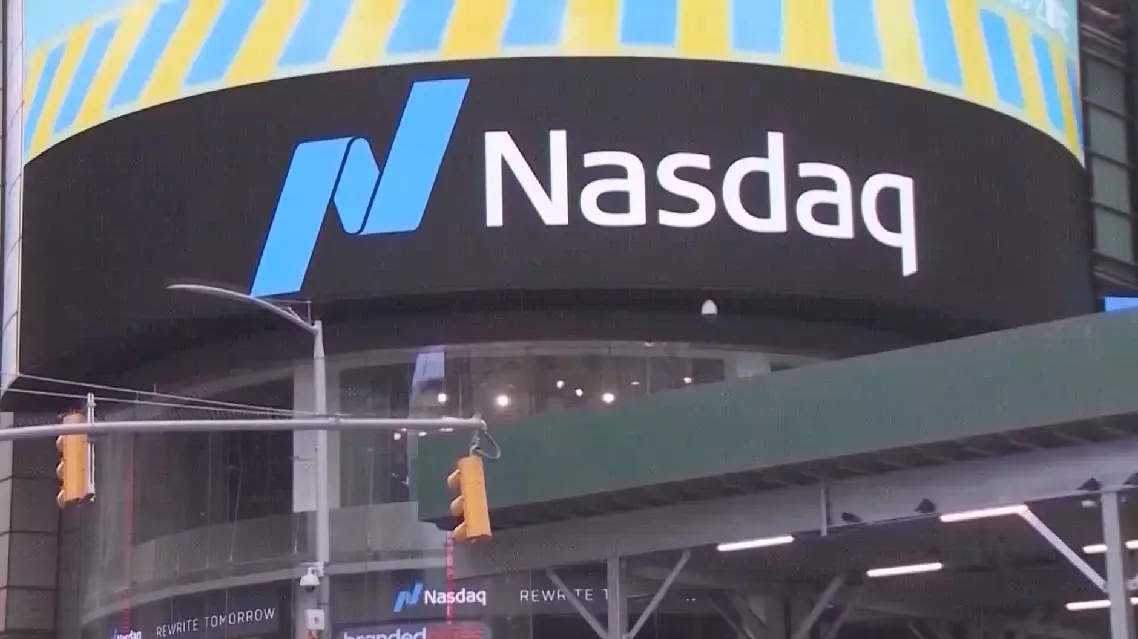
Tech stocks drag turbulent US markets lower Thursday after strong gains on Wednesday
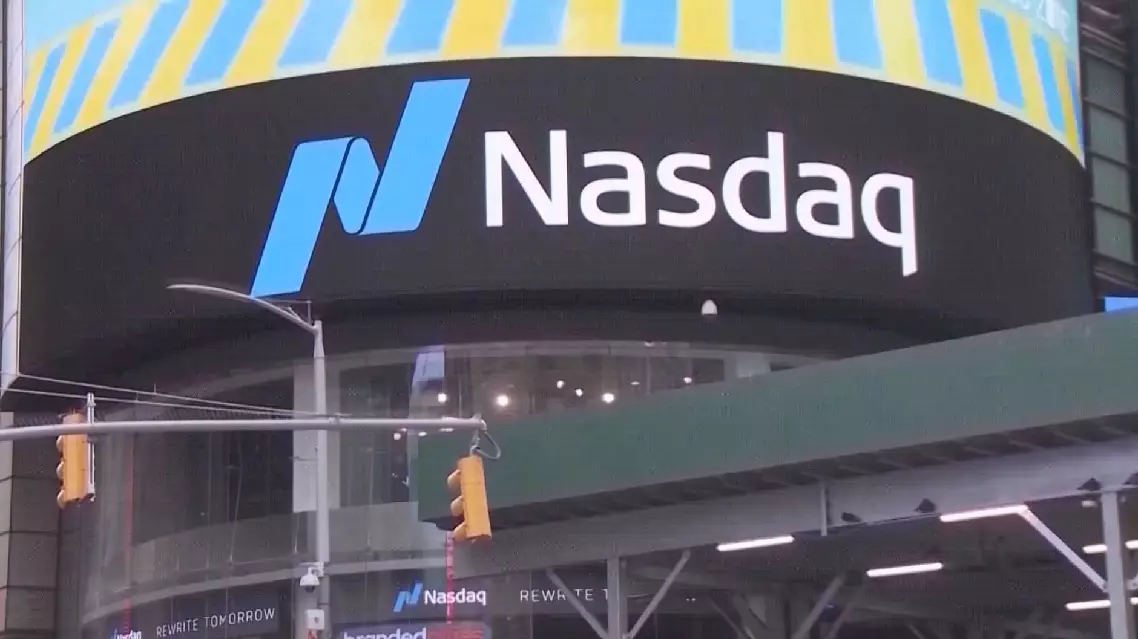
Tech stocks drag turbulent US markets lower Thursday after strong gains on Wednesday
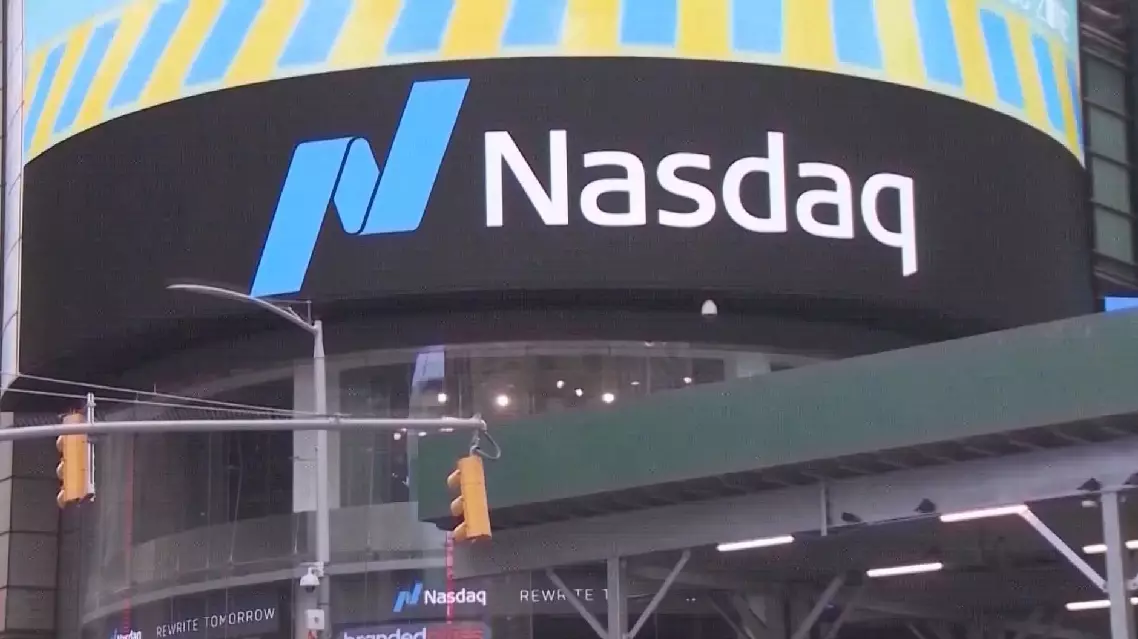
Tech stocks drag turbulent US markets lower Thursday after strong gains on Wednesday
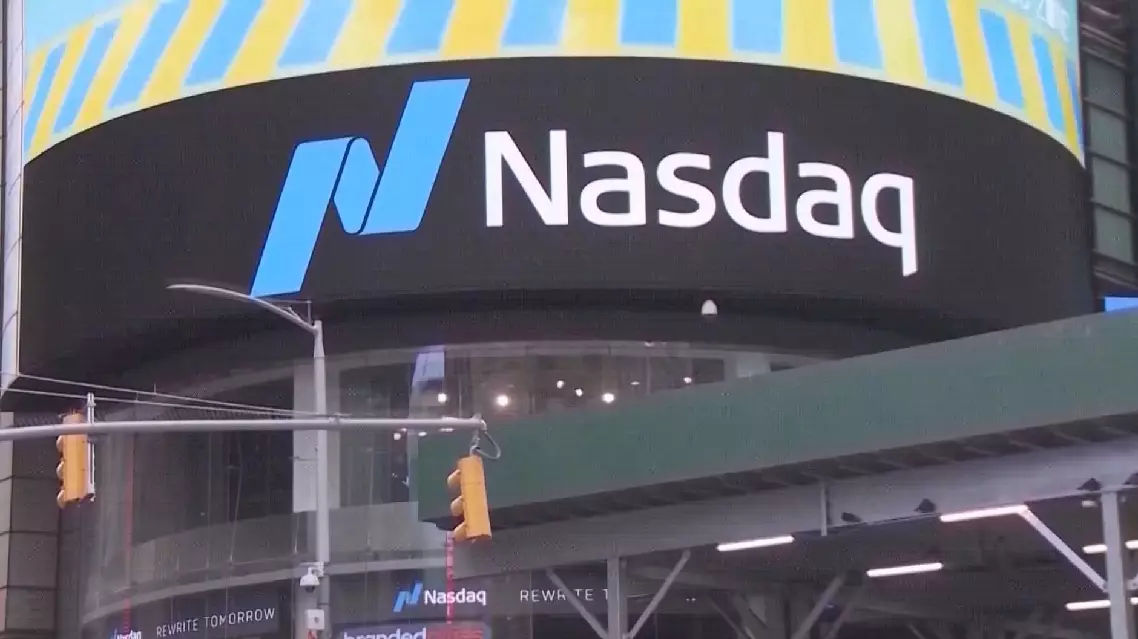
Tech stocks drag turbulent US markets lower Thursday after strong gains on Wednesday
Drones have been used to transport gear and remove wastes in Mount Qomolangma, making the earth summit safer and more efficient for climbing guides at the world's highest peak.
For the first time during the 2025 Qomolangma climbing season, cargo drones are used to help sherpas transport equipment to the higher camps, avoiding the dangerous Khumbu Icefall that has claimed nearly 50 lives since 1953. Drones will also collect and return wastes to the base camp.
"The sherpas, who are called icefall doctors, go to the Khumbu Icefall. They send out the coordinates. They go empty-handed. We supply the ladders, ropes, snow bars, everything within like one to two minutes. That's the one condition. The other condition is, one of the people, or the human beings, on Camp One, they stay over there. We send our drone empty-handed, having a small payload on the ceiling. So they hook up the garbage and we bring back to the base camp. That's how the whole process goes," said Milan Pandey, co-founder of Airlift Technology, a local drone-mapping start-up.
Drones that Airlift Technology uses were those tested last year. Weighing 45 kilograms and powered by two 12-kilogram batteries, each drone is able to carry a load of 25 kilograms.
It can complete a round trip from the base camp to Camp One in the Nepal side in less than 10 minutes, a big improvement over the six-hour journey required by porters and making it very popular among outfitters at the base camp.
"Actually the technology, if we do in the mountaineering sector like this way, is going to be really a benefit for sherpa. Because as we are, our company is leading the fixing to the summit (of Qomolangma) this year, so the drone helped us to carry the ropes to Camp One. So we have dropped already like lots of flights to the Camp One with the fixing materials," said Pemba Rinjin Sherpa, field operation manager of 8K Expeditions.
Traditionally, sherpas had to navigate the dangerous Khumbu Icefall to transport supplies and remove trash up and down the mountain.
The use of these drones minimizes their exposure to hazardous terrain, while being far more environment friendly and cheaper than helicopters.
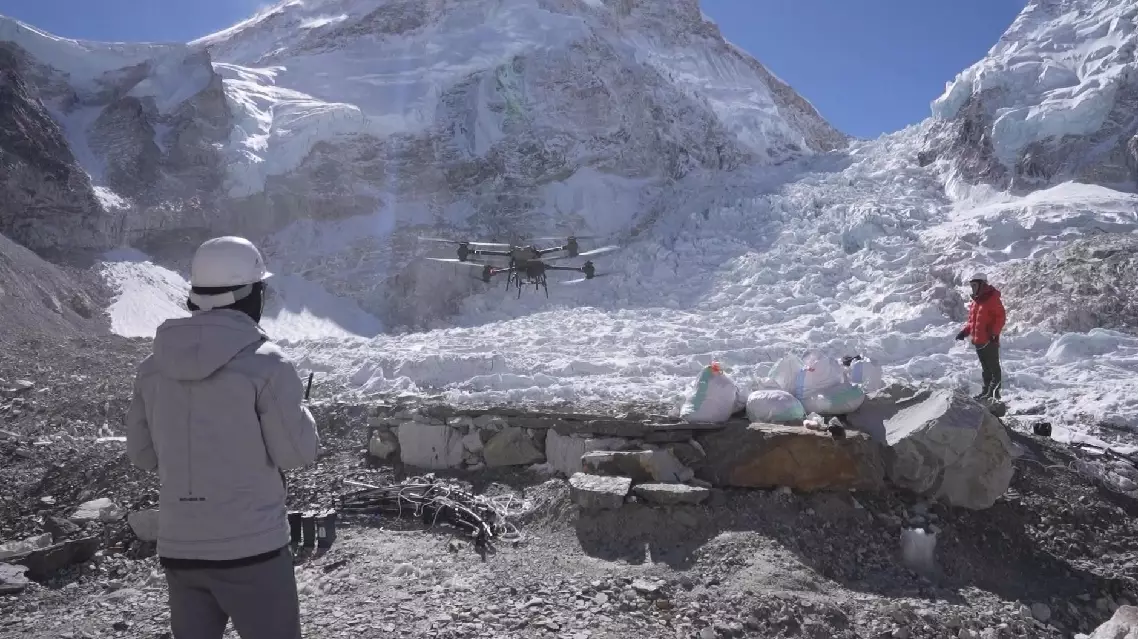
Drones used to transport gear, remove wastes on Mount Qomolangma






